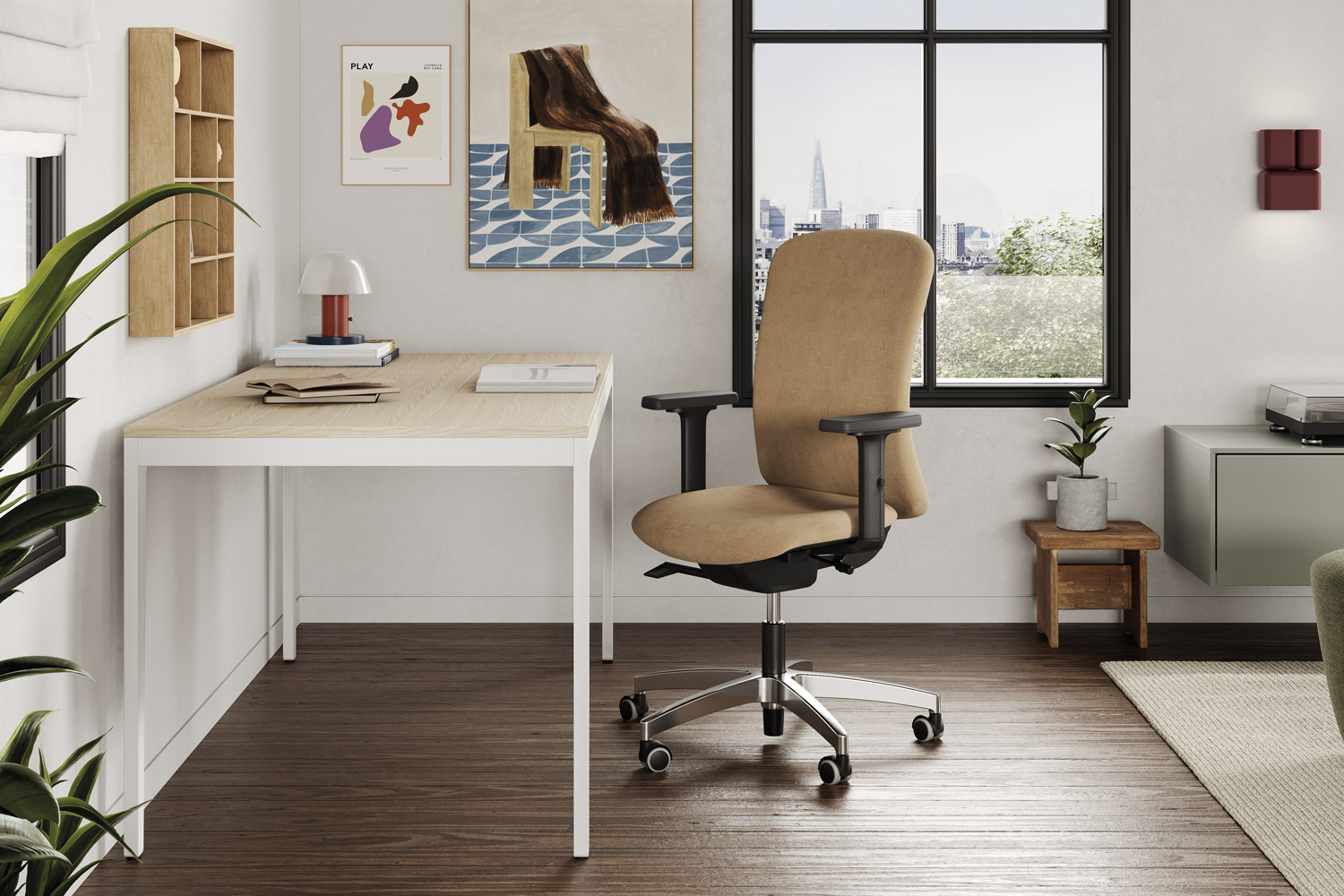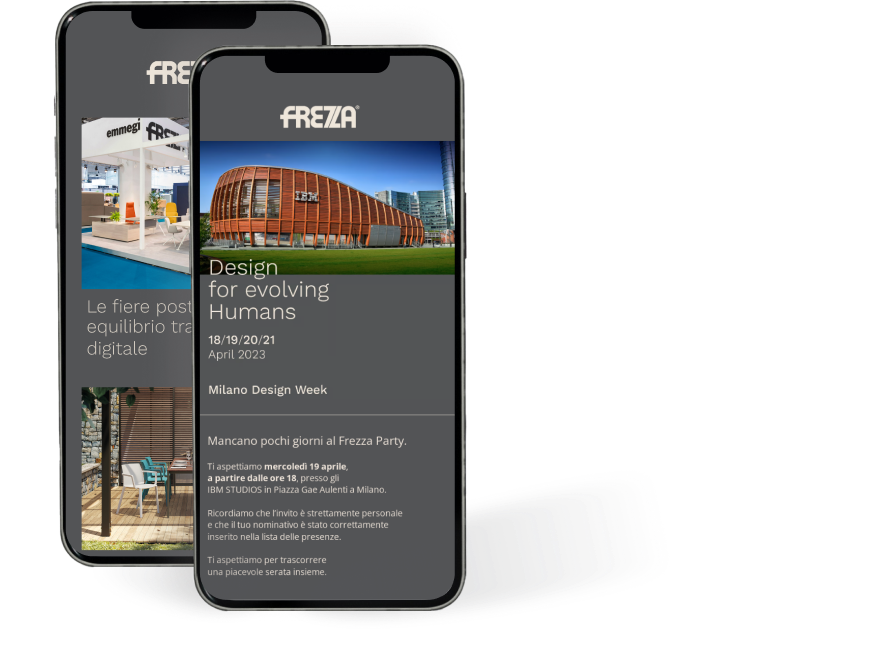In recent years, more and more people have adopted the hybrid work formula, taking advantage of smart working policies or choosing a full remote career: setting up a home office has therefore become a necessity. However, designing a functional and efficient space can be a challenge: in this article we’ll explore 5 mistakes that you shouldn’t make when designing a small home office.
Mistake #1: Not considering space organisation
When space is limited, using it in an efficient and functional way is crucial to avoid ending up in a cluttered and chaotic environment where it’s difficult to concentrate.
Before purchasing furniture, carefully measure the available surface area and consider what activities will be carried out in this space: planning is essential in order to choose the solutions that best meet your work requirements.
Shelves and storage units are a must, as they keep the office tidy and allow you to have everything you need to perform your daily tasks within reach.
Mistake #2: Underestimating the importance of ergonomics
When it comes to working from home, one can easily fall into the trap of thinking that the same rules of comfort and safety that apply in a traditional office are not as important in the home office. Even if space is limited, paying attention to ergonomics is essential to prevent back pain, muscle aches and tension, which are problems that can occur as a result of poor posture and prolonged computer use.
A key product to consider is one’s chair. Many people, in the interests of saving space or money, choose unsuitable chairs or even reuse chairs from the kitchen or dining room. However, an ergonomically designed chair is a real investment in health. A task chair with adjustable backrest, lumbar support and proper armrests helps maintain a correct posture and reduces stress on the spinal column.
Mistake #3: Neglecting lighting
Good lighting is essential to create a comfortable and functional working environment. Insufficient lighting can cause eye fatigue, headaches and can negatively affect concentration. On the other hand, excessive light and/or glare can create discomfort and make it difficult to easily read or look at the computer screen.
To achieve adequate lighting, it’s important to make maximum use of the available natural light. Placing the office area near windows or other natural light sources helps to create a bright and pleasant environment.
Artificial light sources, such as desk or ceiling lamps, should also be integrated to your home office. These should provide diffused, glare-free light to evenly illuminate the entire workspace. Not sure about what light bulb to use? Cool white light is ideal for tasks that require a high level of attention and concentration, while warm white light is more suitable for creating a cosy and relaxing atmosphere.
Mistake #4: Excessive clutter
Piling unnecessary objects and having papers and other materials scattered on the table can cause a feeling of overload and prevent you from working productively. Small home office space also amplifies the impact of excessive clutter, creating a claustrophobic and unwelcoming environment.
The key to avoiding this is to regularly devote time to organising and cleaning up your work space. In addition, you should also reduce the use of paper and favour digital formats for documents and files: a digital organisation allows you to have all your documents within a click’s reach, without having to print them.
Mistake #5: Not caring about aesthetics and atmosphere
Focusing exclusively on functionality and neglecting aesthetics can negatively affect psychological well-being and motivation during working hours. A monotonous and uninspiring environment can contribute to a sense of boredom and apathy, reducing the desire to spend time in the office and negatively affecting productivity.
Paying attention to the aesthetics of the small home office is an investment in well-being and motivation!
Designing a small home office requires care, planning and attention to detail. The most common mistakes can have a significant impact on productivity, health and well-being while working from home. From location considerations, ergonomics, lighting, space organisation and aesthetics, every aspect plays a crucial role in creating an ideal working environment.

